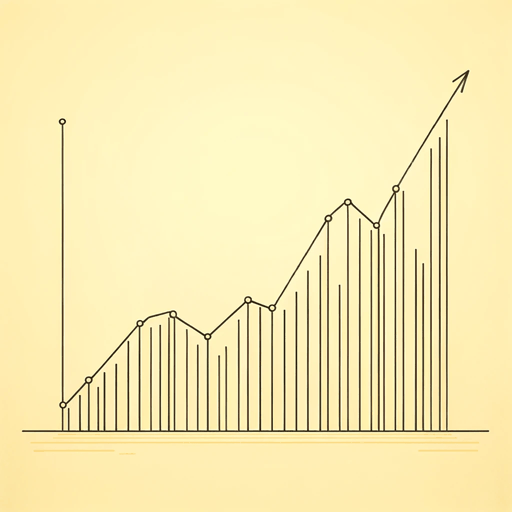52 pages • 1 hour read
Jeff OlsonThe Slight Edge: Turning Simple Disciplines into Massive Success and Happiness
Nonfiction | Book | Adult | Published in 2005A modern alternative to SparkNotes and CliffsNotes, SuperSummary offers high-quality Study Guides with detailed chapter summaries and analysis of major themes, characters, and more.
Important Quotes
“How come they were over there putting, while I was over here cutting? Hey, I was as good as these people were. Why did they get to have it ten times, twenty times better than me? Were they twenty times better than me? Were they twenty times smarter, or did they work twenty times harder? I didn’t think so.”
(Part 1, Chapter 1, Page 12)
Olson connects with readers by seeing and giving voice to the struggles of the working class. He taps into the truth everyone knows: that the wealthy aren’t any better than anyone else. Despite The Myth of Success in America, the wealthy don’t work any harder than someone doing manual labor for minimum wage. By posing this question and offering his stance, Olson sets himself up to explore the next natural question: Why are some people successful, and others aren’t? This will lead him to the core concept of the slight edge.
“And that’s what so many people do, living their lives like this, oscillating between failure and survival, striving toward success and maybe even reaching the level of success, but then invariably turning back and heading downward again. […] The truth is, whatever other factors may or may not be there, the only reason we keep following this roller coaster of almost-success and nearly-failure, this sine wave of mediocrity, this curse of the average, is that we’re missing one simple point.”
(Part 1, Chapter 1, Page 16)
Olson represents the idea of stagnation around survival through the metaphor to a sine wave, which makes it seem like a mathematical inevitability. At the same time, the comparison to a roller coaster accounts for the emotional highs and lows of this process. Often, people work the hardest when their survival is at risk, or when they’re at the bottom of the curve, as the roller coaster is ticking up the big hill. When people crest the hill, they often grow complacent, as they feel they can finally and let go of the habits that enabled them to succeed.

